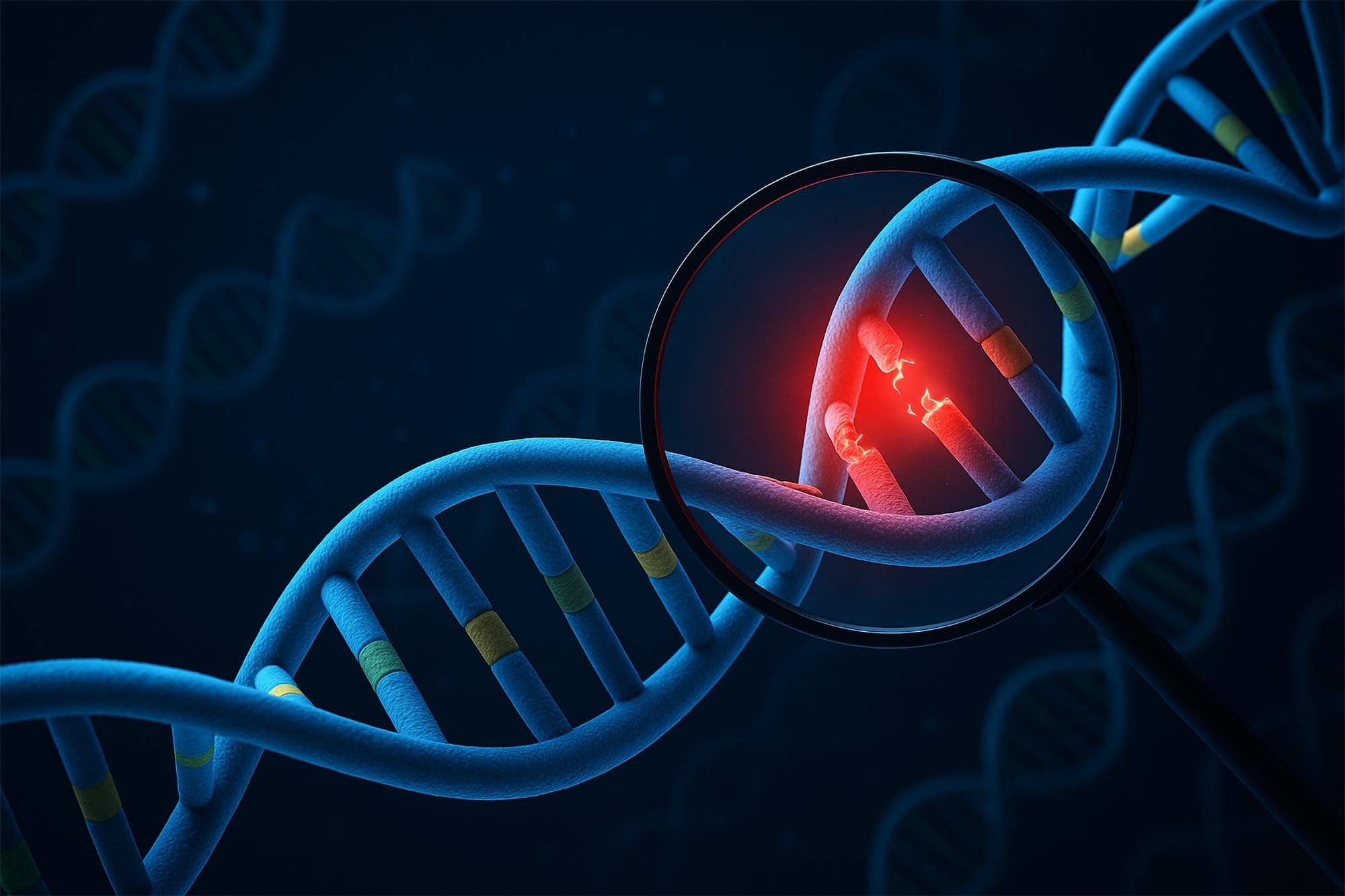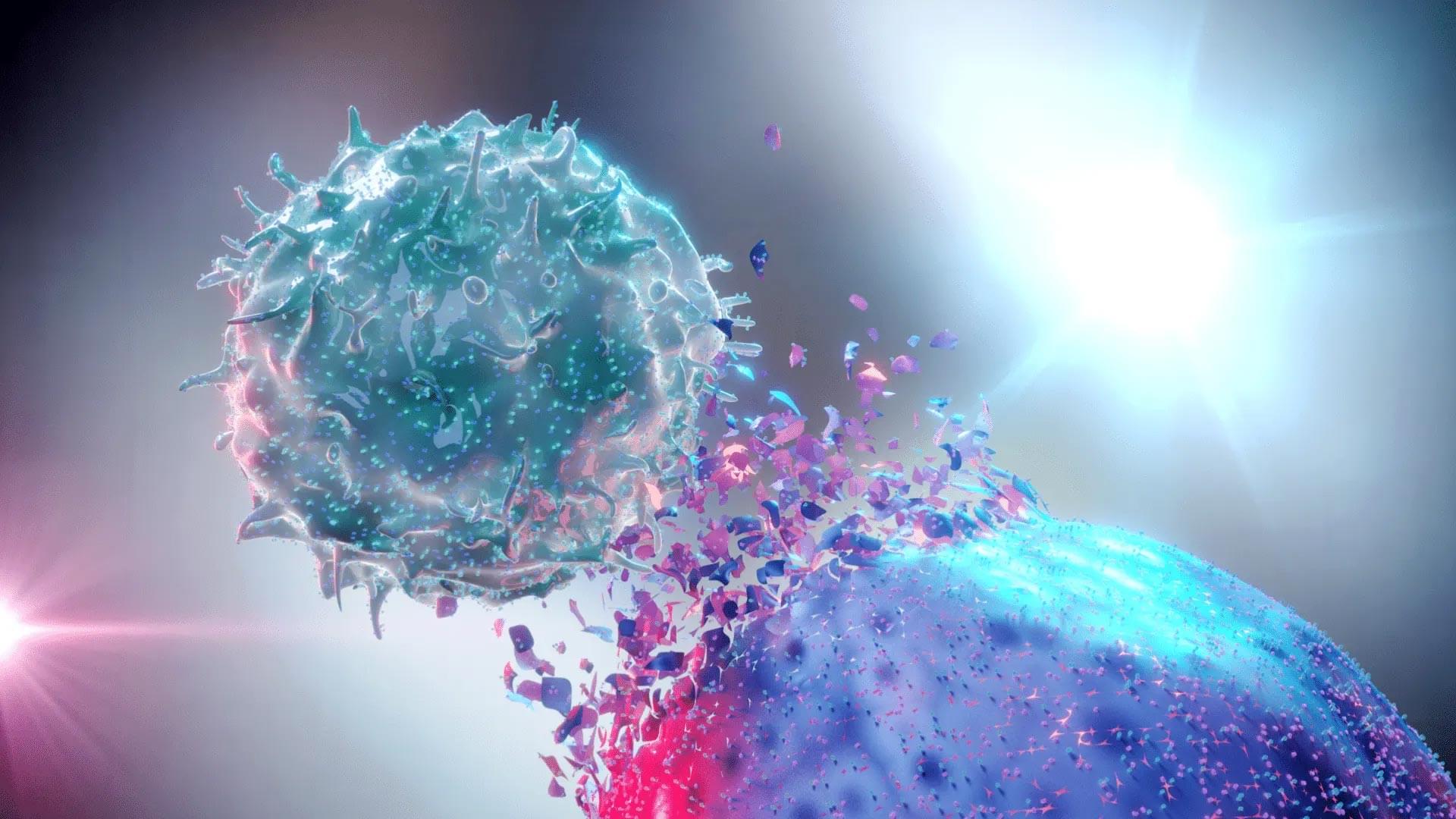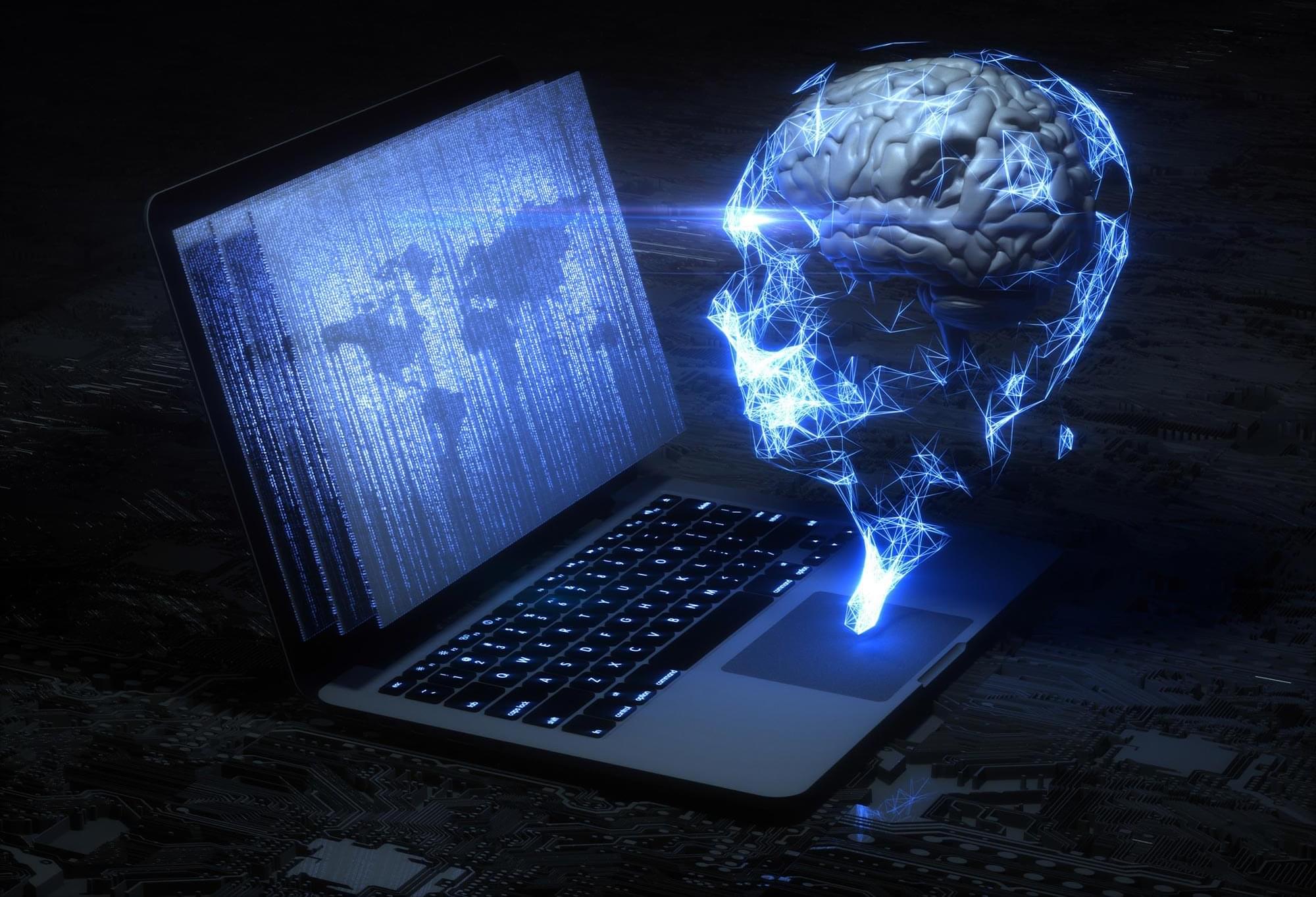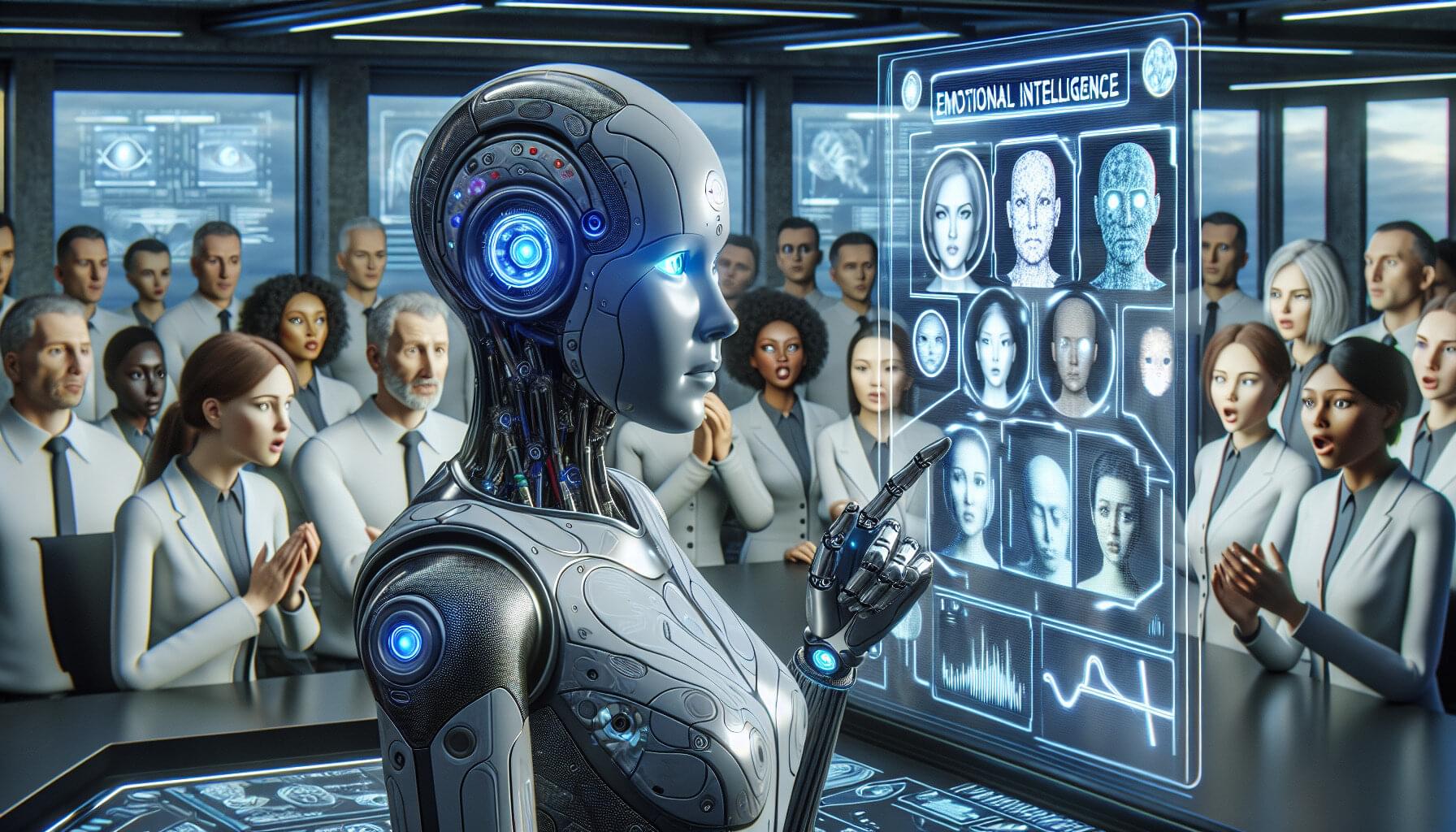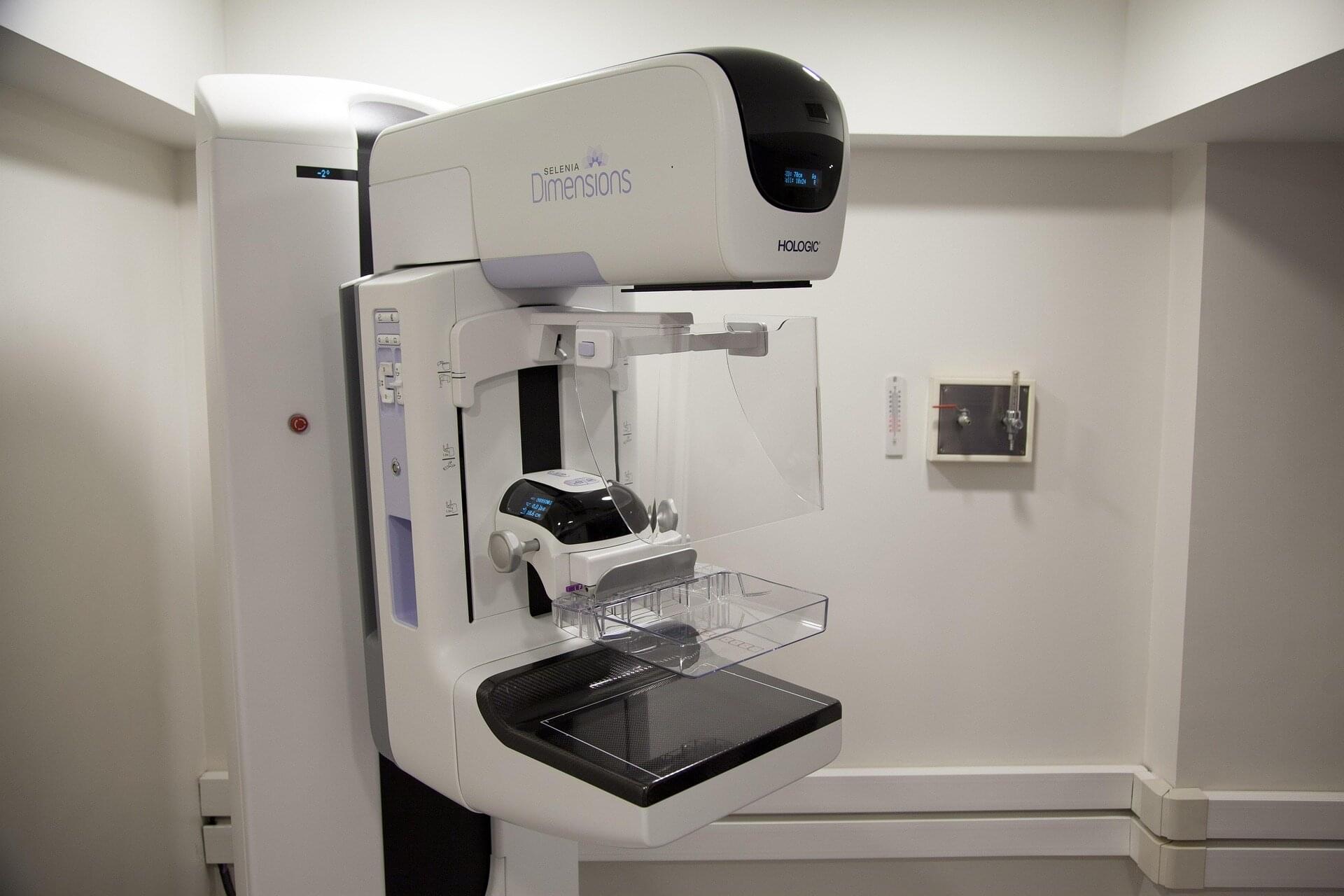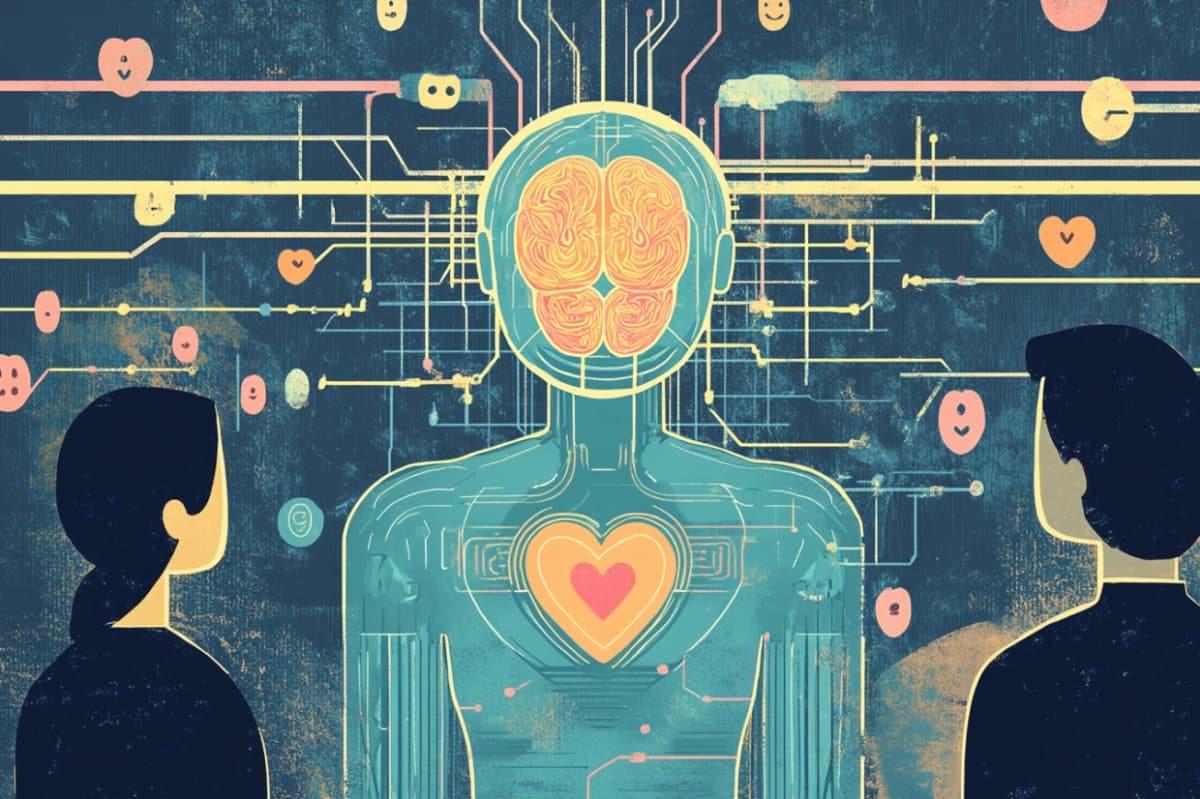Mirrors can now hide particles from quantum noise—flipping conventional physics on its head.
Physicists test the holographic principle in a quest to merge gravity with quantum theory.
A genetic twist in Ashkenazi Jewish men may both heighten cancer risk and unlock better treatment options.
The antibody PLT012 targets the fat transporter CD36 to restore immune responses in tumors, offering a new and promising approach to treating immunotherapy-resistant cancers. A new study from Ludwig Cancer Research has uncovered a key mechanism by which immune cells within tumors take up fat, a p
The IBS-Yonsei research team introduces a novel Lp-Convolution method at ICLR 2025. A team of researchers from the Institute for Basic Science (IBS), Yonsei University, and the Max Planck Institute has developed a new artificial intelligence (AI) technique that brings machine vision closer to the
Imagine slipping on a pair of contact lenses and suddenly being able to see infrared light—without any bulky equipment or even a battery. That’s now a reality thanks to breakthrough lenses developed by scientists that convert invisible infrared into visible colors.
Mice tested with the lenses navigated away from infrared light, while humans could perceive flickering codes and light directions. The lenses even work better with eyes closed, thanks to superior penetration of infrared light.
Infrared Vision Through Contact Lenses
Is artificial intelligence (AI) capable of suggesting appropriate behavior in emotionally charged situations? A team from the University of Geneva (UNIGE) and the University of Bern (UniBE) put six generative AIs—including ChatGPT—to the test using emotional intelligence (EI) assessments typically designed for humans.
The outcome: these AIs outperformed average human performance and were even able to generate new tests in record time. These findings open up new possibilities for AI in education, coaching, and conflict management. The study is published in Communications Psychology.
Large language models (LLMs) are artificial intelligence (AI) systems capable of processing, interpreting and generating human language. The ChatGPT generative AI, for example, is based on this type of model. LLMs can answer questions and solve complex problems. But can they also suggest emotionally intelligent behavior?
Scientists have discovered “barcodes” within DNA that reveal how blood ages, potentially paving the way for preventing age-related illnesses like blood can
In women with dense breasts (breasts with relatively low levels of fatty tissue) and a negative mammogram, supplemental imaging techniques detect early-stage cancers, with imaging techniques three times more effective than ultrasound, finds a Phase III randomized control trial published in The Lancet.
Women with extremely dense breasts, about 10% of those aged 50–70 years in the UK, face a fourfold increased risk of breast cancer compared to those with the least dense breasts.
Mammograms are less effective for detecting early-stage cancer in dense breasts, as the tissue can hide tumors on the breast X-rays. Previous studies have shown MRI and ultrasound are effective supplementary imaging methods, but this study is the first to compare them with contrast mammography in women with normal mammograms and dense breast tissue.
A new study tested whether artificial intelligence can demonstrate emotional intelligence by evaluating six generative AIs, including ChatGPT, on standard emotional intelligence (EI) assessments.


